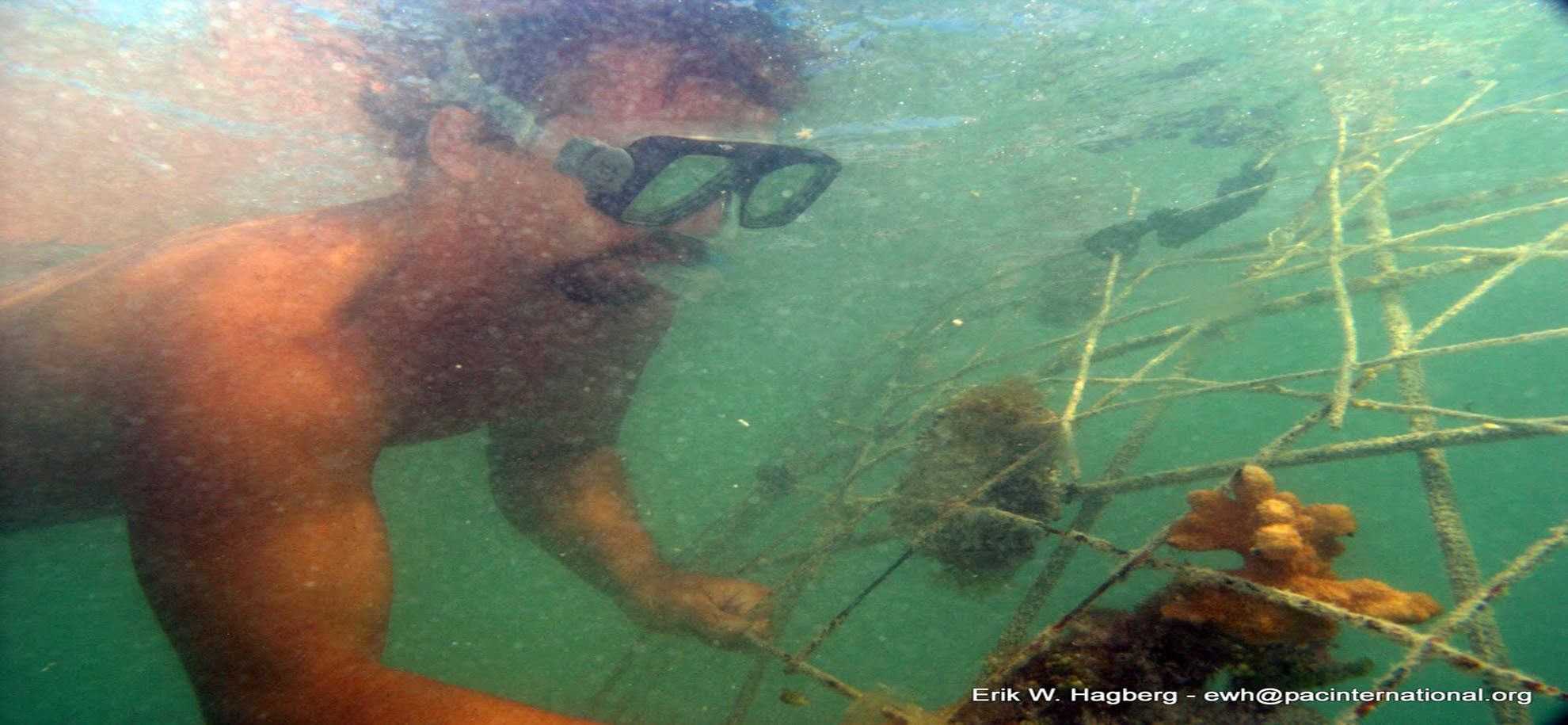Aquaculture Marine Species
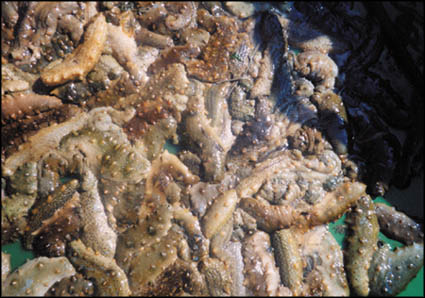
ABOUT SEA CUCUMBERS
Holothuroidea
The Holothuroidea, or sea cucumbers, are an abundant and diverse group of worm-like and usually soft-bodied echinoderms. They are found in nearly every marine environment, but are most diverse on tropical shallow-water coral reefs. They range from the intertidal, where they may be exposed briefly at low tide, to the floor of the deepest oceanic trenches. The oldest undoubted fossils of sea cucumbers are of isolated spicules from the Silurian (ca. 400 million years ago; Gilliland, 1993). Considerable diversification has occurred since then with about 1400 living species in a variety of forms. Some of these are about 20 cm in length, though adults of some diminutive species may not exceed a centimeter, while one large species can reach lengths of 5 m (Synapta maculata). Several species can swim and there are even forms that live their entire lives as plankton, floating with the ocean currents.
Sea cucumbers are members of the class Holothuroidea (phylum Echinodermata), and are related to sea stars, brittle stars, basket stars and sea urchins. This class is divided further into six orders: the Dendrochirotida, Dactylochirotida, Apodida, Molpadida, Elasipodida and Aspidochirotida. Of the 1200 holothurians that have been described, 49 species (belonging to 36 genera) are present in New Zealand waters (Pawson 1970).
Economically, sea cucumbers are important in two main ways. First, some species produce toxins that are of interest to pharmaceutical firms seeking to learn their medical value. Some compounds isolated to date exhibit antimicrobial activity or act as anti-inflammatory agents and anticoagulants. Second, as a gourmet food item in the orient, they form the basis of a multimillion-dollar industry that processes the body wall for sale as beche-de-mer or trepang. However, the high value of some species, the ease with which such shallow-water forms can be collected and their top-heavy age structures all contribute to over-exploitation and collapse of the fisheries in some regions.
The most important feature distinguishing the sea cucumbers is a calcareous ring that encircles the pharynx or throat. This ring serves as an attachment point for muscles operating the oral tentacles and for the anterior ends of other muscles that contract the body longitudinally. Sea cucumbers are also distinct as echinoderms in having a circlet of oral tentacles. These may be simple, digitate (with finger-like projections), pinnate (feather-like), or peltate (flattened and shield-like). A third key feature, found in 90% of living species, is the reduction of the skeleton to microscopic ossicles. In some species, the ossicles may be enlarged and plate-like.
Some sea cucumbers possess organs not found in other invertebrates. In some Aspidochirotida, the respiratory trees display Cuvierian tubules. In most species, these are apparently defensive structures. They can be expelled through the anus, whereupon they dramatically expand in length and become sticky, entangling or deterring would-be predators, such as crabs and gastropods. Many forms, with the exception of members of Elasipodida and Apodida, possess respiratory trees used in gas exchange. These are paired, heavily branched tubes attached to the intestine near the anus. This type of breathing ("cloacal breathing") is also present in an unrelated group, the echiuran worms.
References
Overview: Aspects of Sea Cucumber Industry Research and Development In The South Pacific., Andrew Morgan & Jeff Archer, Secretariat of The Pacific Community - SPC
Holothuroidea, Alexander M. Kerr, Marine Laboratory, University of Guam Mangilao, Guam
the market
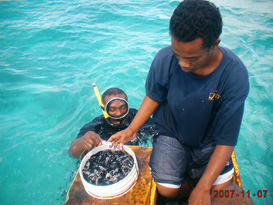
Local Partners Harvesting Sea Cucumbers
Local indigenous partners assisting in the harvesting of sea cucumbers where population is plenty
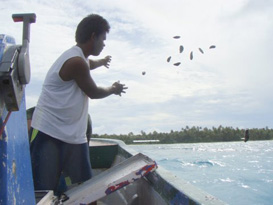
Seeding Marine Areas
A sustainable practice of throwing sea cucumber seedlings in marine protected areas (MPA) to preserve and promote population growth
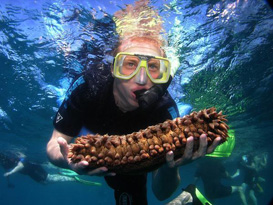
Catching a Sea Cucumber
Erik holding a sea cucumber in one of his diving expeditions
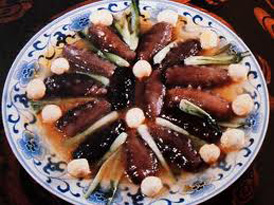
Sea Cucumber Dish
Deliciously prepared sea cucumber with vegetables in special seasoning and sauce that are both high in protein and efficacious in promoting health
our mission
Becoming a World Leader in Sustainable Aquaculture
PAC'S mission is to become a world leader in the sea cucumber farming industry, providing unique and innovative aquaculture solutions to third-world countries that promote sustainable economic, environmental, and human development.
Joint Venture Revenue Sharing
PAC offers trade, commerce, joint venture revenue sharing, sustainability of marine and other natural resources, and the propagation of new and nutritious foods, as well as new sources of biological material for production of the next generation of pharmaceutical wonder drugs.
Exemplify Social and Environmental Responsibility
PAC exemplifies social and environmental responsibility through the application of and training in practical sea farming methodologies that will create meaningful and productive jobs in less-developed countries.
testimonials
Sea cucumber fishing is very important to the livelihoods of coastal communities, particularly artisanal and small scale fishers in developing countries. Therefore, socio-economic issues in sea cucumber fisheries are important and should be recognized and incorporated in fishery management programmes. In particular, livelihood options should be made available to fishers if management regulation put restrictions on the fisheries, such as bans on fishing."Advances in Sea Cucumber Aquaculture and Management", the Fisheries Department of the Food and Agriculture Organization of the United Nations (FAO), 18 October 2003
Limitations in our current antiviral treatment options and the continuing emergence of new pathogenic viruses have contributed to a growing need for new and effective chemotherapeutic agents to treat viral diseases. The marine environment provides a rich source of chemical diversity for the screening and identification of new compounds with desirable antiviral properties. Many of the new and structurally distinct metabolites that have been found in marine algae, invertebrate animals, and microorganisms have pronounced biological activities and constitute a valuable chemical resource for the discovery of lead compounds that may aid in the development of new antiviral therapies. /q>"Current Medicinal Chemistry - Anti-Infective Agents", Volume 3, Number 3, September 2004, pp. 233-249
